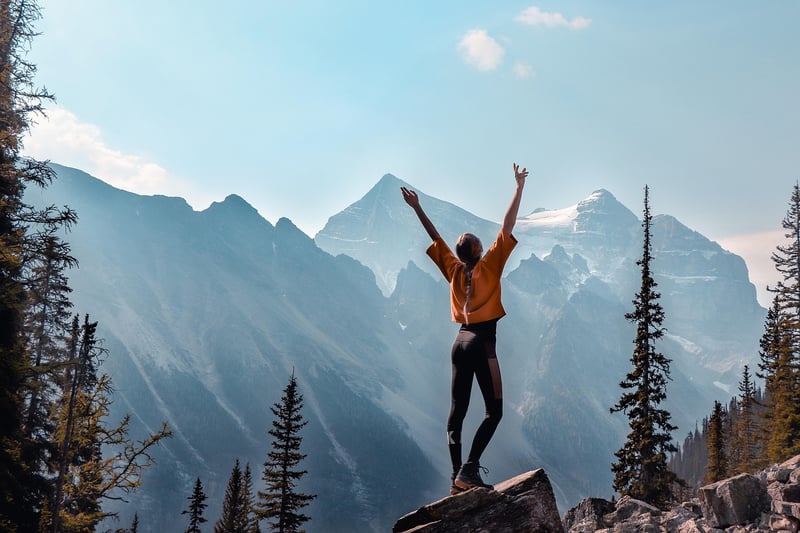Safety Guidelines
Plan Your Adventure: Safety Guidelines for a Memorable Trip
Introduction
Embarking on an adventure can be an exhilarating experience, but safety should always be a top priority. Whether you're planning a hike, a camping trip, or an exciting journey, following safety guidelines is crucial to ensuring a memorable and safe adventure. Here are some essential tips to help you plan your next excursion safely.
1. Research Your Destination
Before setting off on your adventure, take the time to research your destination thoroughly. Understand the terrain, weather conditions, wildlife, and any potential risks involved. This knowledge will help you prepare adequately and make informed decisions during your trip.
2. Pack the Essentials
Make a checklist of essential items such as water, food, a first aid kit, navigation tools, appropriate clothing, and emergency supplies. Packing light but smart is key to staying safe and comfortable during your adventure.
3. Tell Someone Your Plans
Always inform a trusted person about your travel plans, including your destination, route, and expected return time. This information can be crucial in case of an emergency or if you encounter unexpected situations during your trip.
4. Stay Hydrated and Energized
Staying hydrated and fueled with nutritious snacks is essential for maintaining your energy levels during your adventure. Carry an adequate supply of water and snacks to keep yourself hydrated and nourished throughout your journey.
5. Follow Safety Guidelines
Observe all safety guidelines and regulations specific to your chosen activity. Whether it's hiking, camping, or water sports, following established safety protocols can prevent accidents and ensure a smooth and enjoyable adventure.
6. Be Mindful of Wildlife
Respect wildlife and their habitats during your adventure. Keep a safe distance, avoid feeding wild animals, and dispose of trash properly to minimize your impact on the environment and prevent wildlife encounters.
7. Emergency Preparedness
Carry a fully charged phone, a map, and a whistle for emergencies. Familiarize yourself with basic first aid procedures and know how to signal for help if needed. Being prepared for emergencies can make a significant difference in critical situations.
Conclusion
By following these safety guidelines and planning your adventure thoughtfully, you can enjoy a memorable and safe trip in the great outdoors. Remember that preparedness and caution are key to a successful adventure. Now, gear up, pack your bags, and embark on your next thrilling journey with confidence!

Image Source: Pixabay
